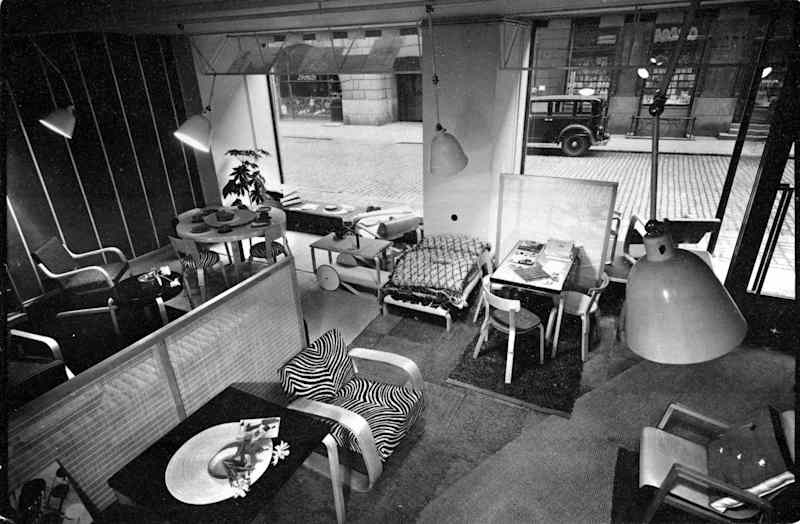90-year-old Artek furniture can be found in libraries and today’s luxury homes
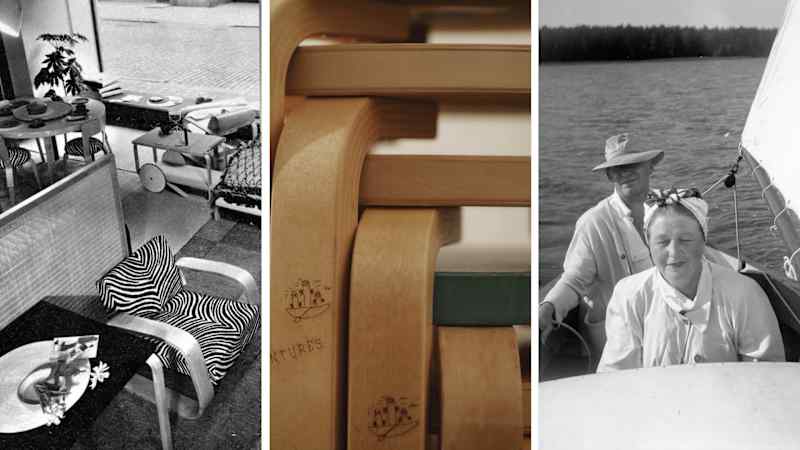
Here are six things you may not have known about the history of domestic design.
Status symbols, collection targets, export chips in Finnish design, libraries and clinics furniture. For example, these associations come to mind for Finns when it comes to Artek.
In this story you will get deeper than the surface in Artek. We listed six things that you probably did not know about the fascinating history of domestic design.
1. Artek founders were idealists who believe in holistics

The name of Artek, which is a combination of \”art\ art and \”technology\ reflects their efforts to integrate visual aesthetics and practical solutions. The interior was also considered holistically, to heal man.
For example, Artek’s most famous designer Alvar Aalto’s design philosophy emphasized humanity and the use of natural materials. This was a radical idea at a time when industrial design was still developing.
Artek’s thesis was a democratic design that everyone can afford. The homes were compact and cozy, anything but glamor. In particular, teachers and architects often decorated their homes with Artek. Today, Artek’s furniture and lamps are status symbols.
2. The Robot named who is named stools
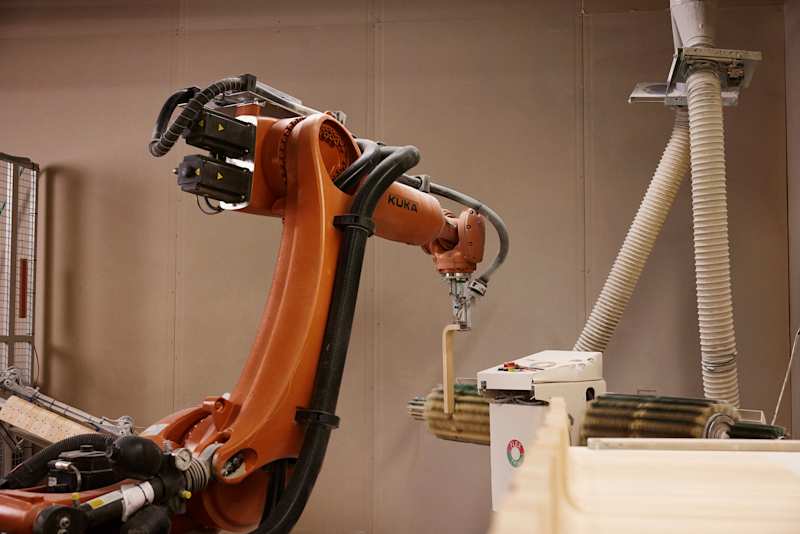
Artek stools are still manufactured at the same factory near Turku in Littoinen. The furniture is made from the beginning in half -industrial.
The L-Jalka component of Artek furniture once made it possible to make serial production, but the finishing and production intermediate stages are still handmade.
In recent years, the factory has been invested and the production system has been renewed. The stools and small chair seats are handled by a robot named Kon.
3. Moomins jumped into Artek’s furniture
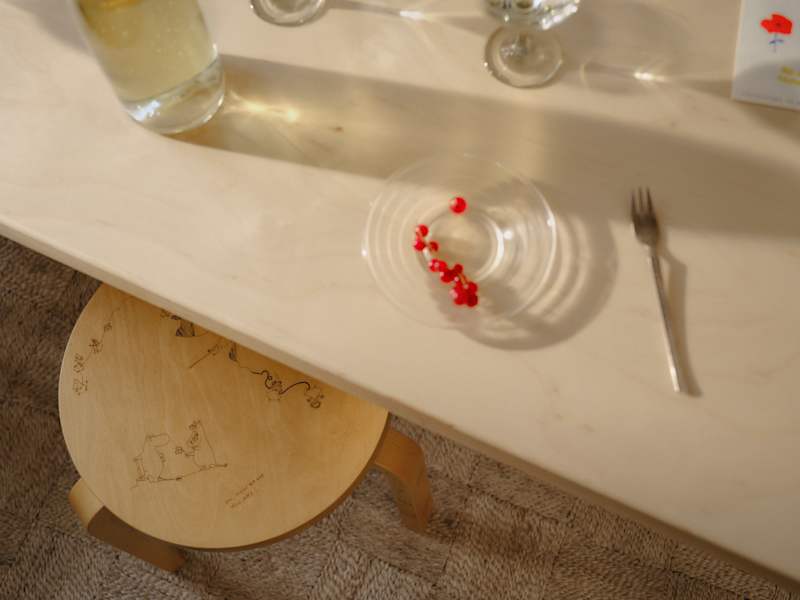
Artek and Moomins have found each other in new cooperation. The classic stool is now adorned with playful Moomints. Iconic waste is united by, among other things, age. 90 years have passed since Artek was founded. The first Moomin story, the Moomins and the Great Flood of Testing, have been 80 years since the publication of the Moomin.
Tove Jansson left Mairea’s guest book with a painting and a small poem that exudes a delight for Gullichsen’s design. The poem was originally written in Swedish, here is the translation of the Villa Mairea Foundation:
*“Light wood. Glass, light and flowering trees. / In a lovely house where each line is clear.
4. Tourists take over Artek’s brick -and -mortar store
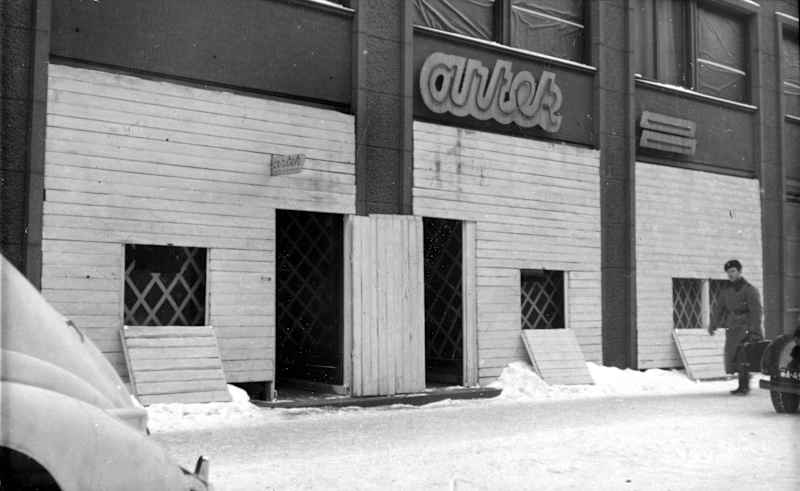
Since 1936, Artek has had a store in downtown Helsinki. The first store was opened on Fabianinkatu, next the store moved to Keskuskatu, from there to South Esplanade, and now the store has been in the last address at Keskuskatu for nine years.
The most popular product in the store is Alvar Aalto’s three-legged 60-stool from 1933. It is purchased by local customers and tourists. In the summer months, foreign customers are even larger than local. On an annual basis, about half of the store’s customers are tourists.
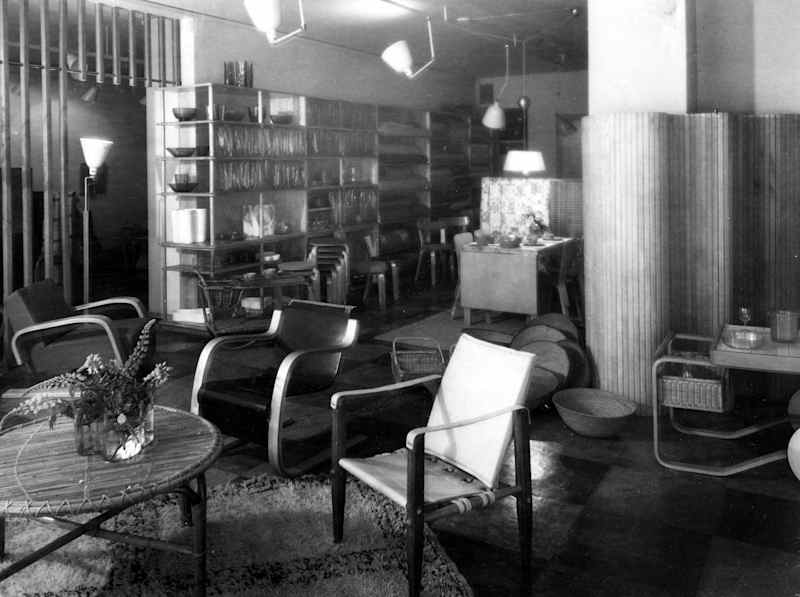
5. Aino Aalto served as CEO of Artek
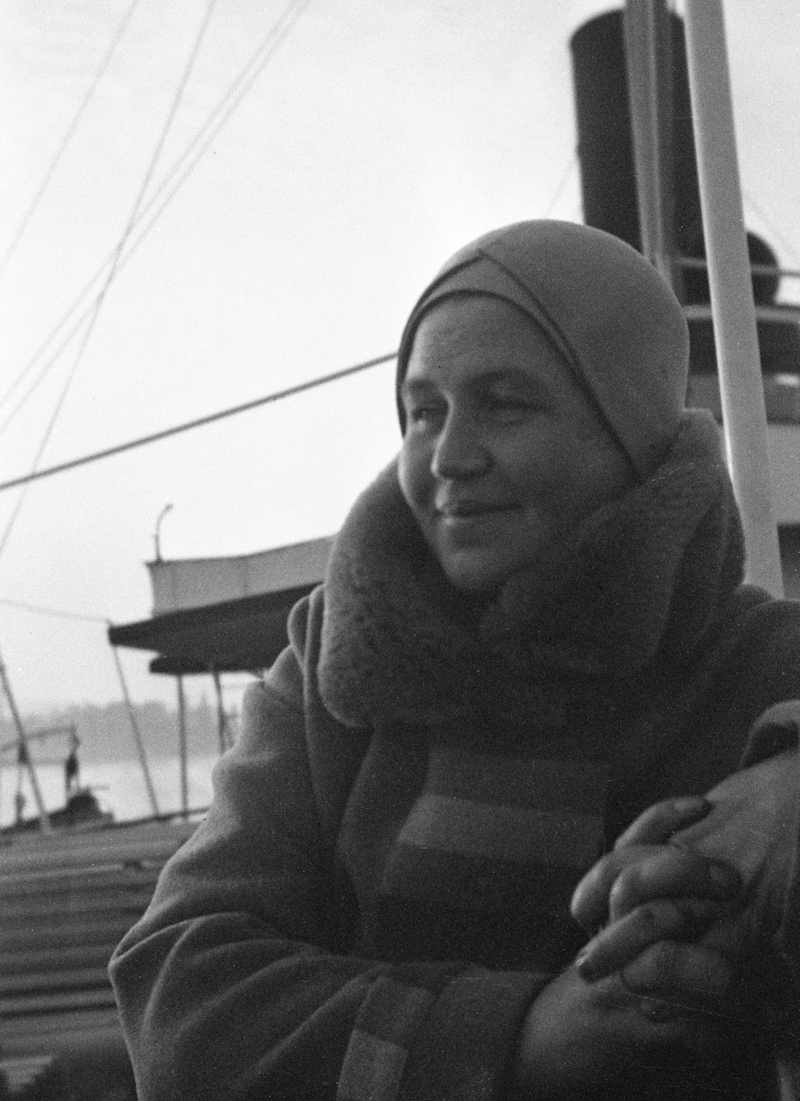
Alvar Aalto’s wife once served as CEO of Artek. Aino Marsio studied an architect and married Alvar Aalto. He became an ascetic aesthetics with age, which especially liked the design and interior of housing and kitchens. His handprint is especially evident in Maire Gullichsen’s home in Villa Mairea, Noormarkku.
Aino Aalto’s design stars were influences from abroad, visual arts and functionalism.
Aino Aalto took over Artek’s CEO’s duties after the first CEO, Nils-Gustav Hahl, after falling in the Continuation War in 1941.
6. Connection to Camilla Parker-Bowles
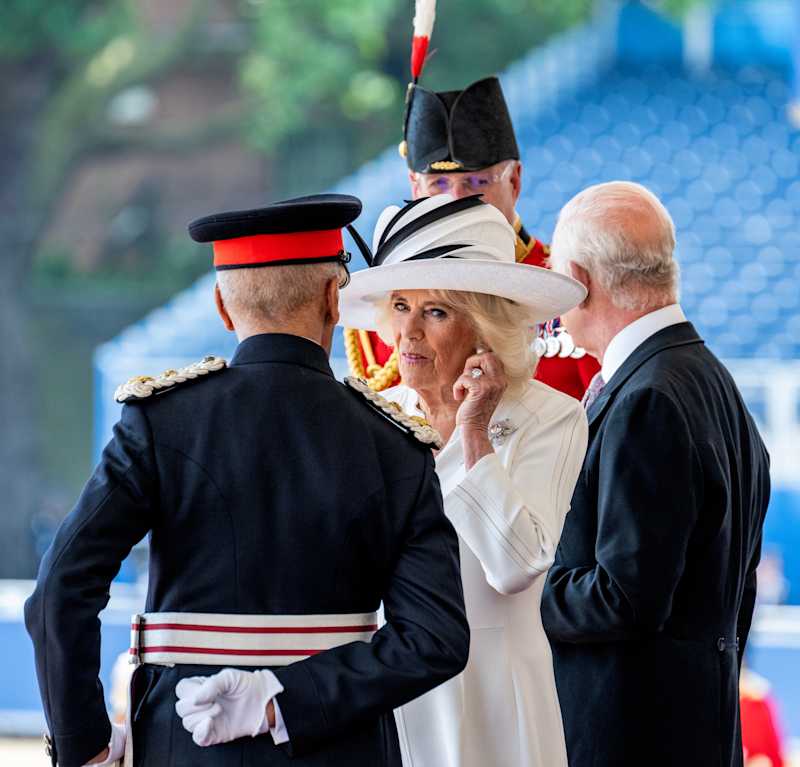
Artek is accompanied by an interesting curiosity that was important for the start of the company. Artek had a connection with the British royal family, by chance.
However, during his lifetime, Shand himself had no idea of \u200b\u200bfuture generations to blue -blooded, so the waves or other founders of Artek were not in the speech of the royal room.
Later, the financial support of the Maire Gullichsen family, Ahlström, had a significant impact on Artek’s growth.
*29.3. at 1:32 pm Fixed Nils-Gustav Hahl’s death information. Hahl did not fall in the Winter War, but in the Continuation War.*

